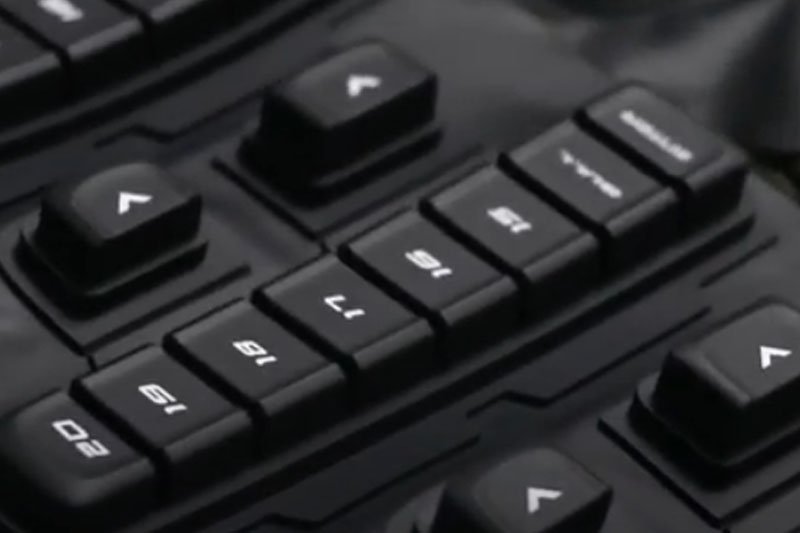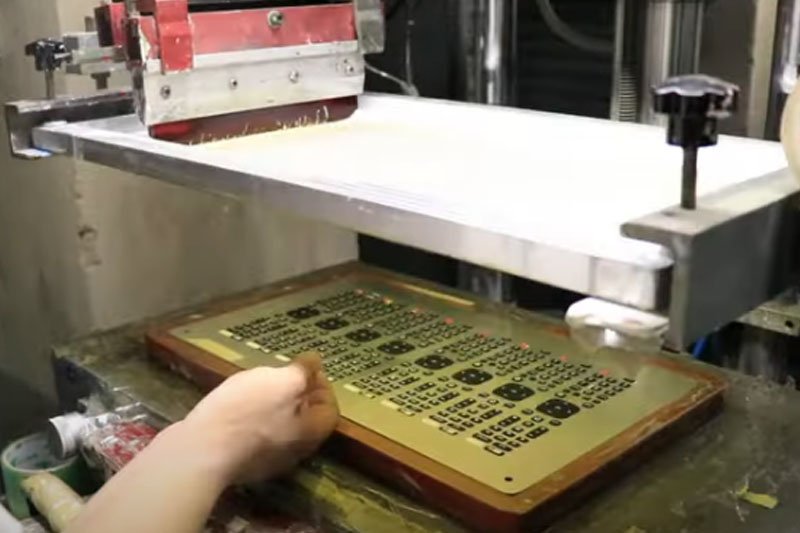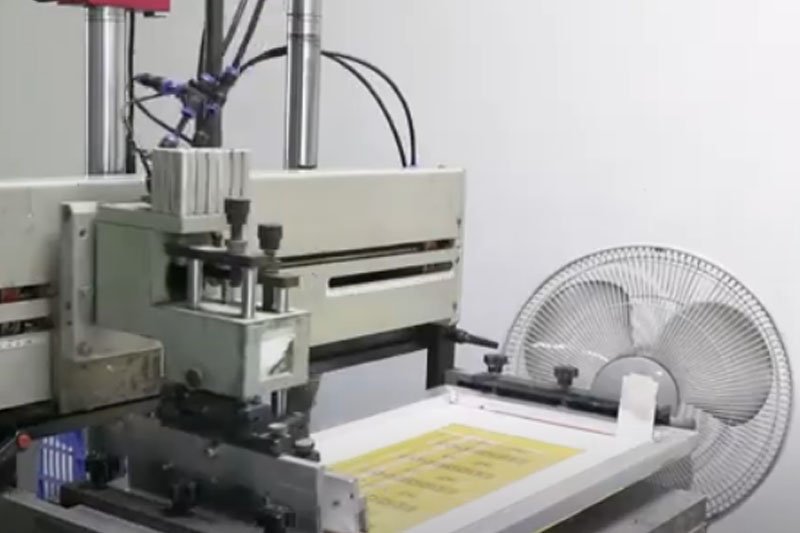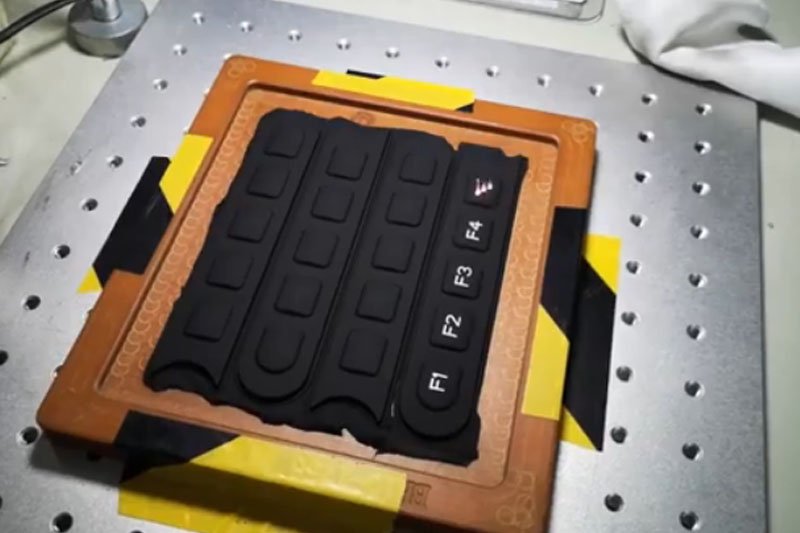Keypad functionality starts with feel—but user experience starts with clear, durable labeling. Getting it right matters more than you think.
Silicone keypad labeling methods include pad printing, screen printing, and laser marking. Each technique offers different strengths in durability, resolution, and cost.
Every industrial, consumer, or medical device needs one thing: clearly marked controls. I’ve worked with companies where a worn-off label led to safety issues, and others where backlighting needed laser-perfect accuracy. Let me walk you through each labeling method so you can make the best choice.
Why does printing quality matter in silicone keypads?
Poor labeling leads to confusion, frustration—or even accidents. It’s more than just a logo.
Labels guide users. If they fade, peel, or blur, the device becomes harder—or dangerous—to use. That’s why printing must be precise and long-lasting.

From emergency stop buttons to volume controls, the label must stay readable through thousands of presses, cleaning cycles, or outdoor exposure. Factors that affect performance include:
- Type of silicone surface (glossy, matte, textured)
- Chemical exposure (cleaners, sweat, oil)
- Environmental stress (UV, humidity, heat)
| Risk | Poor Label Impact |
|---|---|
| Chemical Wipe | Legends peel or fade |
| Friction | Ink wears off with frequent use |
| Low Light | Backlit symbols become unclear |
That’s why we help clients choose the method that fits their product’s real-world use—not just the factory shelf.
What is pad printing and when should you use it?
Pad printing is the most common method for flexible, multi-color designs on silicone.
Pad printing uses a silicone stamp to transfer ink from an etched plate onto curved or textured surfaces. It’s ideal for small, detailed labels.

We use this method when:
- Multiple colors are needed
- The keypad has a complex shape or raised keys
- Lower volumes require quick setup
Pad printing inks are specially formulated for silicone. We usually apply a primer to improve ink bonding, then bake the keypad for 24–48 hours to cure the print.
| Pad Printing Feature | Description |
|---|---|
| Color Capability | Multi-color (1–4 layers possible) |
| Setup Cost | Low to medium |
| Durability | Medium with coating |
| Ideal Use | Consumer devices, pilot runs |
For enhanced durability, we often add a protective PU coating on top of the pad-printed legends.
How does screen printing compare to pad printing?
Screen printing is better for large, flat areas with bold, single-color designs.
Screen printing uses a mesh stencil to press ink onto the keypad surface. It works best on flat silicone parts with wide legend spaces.

It’s more economical for high volumes and fewer color changes. We use it for applications like:
- Flat membrane keypads
- Industrial panels
- Medical equipment with large, bold symbols
It allows for thicker ink layers, giving better opacity and wear resistance—especially useful in outdoor or high-wear environments.
| Screen Printing Feature | Description |
|---|---|
| Color Capability | 1–2 colors typical |
| Setup Time | Longer due to stencil prep |
| Durability | High with curing and coating |
| Ideal Use | Industrial, outdoor, large labels |
Screen printing does require more surface area and consistency, so it’s not ideal for small domes or tightly spaced legends.
What is laser marking and why is it best for backlighting?
Laser marking is a high-tech solution that ensures the label lasts as long as the keypad itself.
Laser etching removes a top layer of paint to reveal a contrasting base, creating durable, fade-proof legends ideal for backlit keypads.

We usually start by spraying the keypad with a colored PU coating. Then, we use a laser to precisely etch away the paint, revealing a translucent silicone layer underneath. This allows light from LEDs to shine through the symbols.
Use cases include:
- Automotive dashboards
- Medical equipment used in dark settings
- Consumer devices with backlighting
| Laser Etching Feature | Description |
|---|---|
| Color Capability | Single contrast layer |
| Precision | Extremely high (fine detail) |
| Durability | Very high—no fading or peeling |
| Ideal Use | Backlit keypads, premium products |
This method takes more setup time and requires a dual-layer design, but the results are unbeatable in performance and polish.
What protective coatings are used over printing?
Printing methods need a shield—especially for heavy-duty or outdoor use.
PU coatings, silicone top layers, and epoxy domes are used to protect printed legends from abrasion, chemicals, and fading.
We recommend a protective layer in almost every project that uses pad or screen printing. Options include:
- Polyurethane (PU): Spray-on topcoat that resists abrasion and cleaners
- Epoxy dome: Adds gloss and a tactile “bubble” feel over the printed area
- Matte silicone finish: Makes the print more resistant to smudging and glare
| Coating Type | Function |
|---|---|
| PU Coating | Scratch and solvent protection |
| Epoxy | Raised tactile key surface |
| Silicone Spray | Adds texture and grip |
These coatings extend the life of the keypad legends significantly and are essential for harsh or high-traffic environments.
How do you choose the right labeling method?
The right technique depends on your product’s purpose, environment, and lifespan.
Pad printing is flexible and cost-effective, screen printing works for bold visuals, and laser marking offers the best durability—especially for backlit designs.
When advising clients, we start by asking:
- Is this keypad backlit?
- Will it be exposed to cleaning agents or UV?
- How many colors are needed?
- What’s the expected lifetime and use intensity?
Here’s a quick reference:
| Method | Best For | Weakness |
|---|---|---|
| Pad Printing | Multi-color, curved surfaces | Medium durability |
| Screen Printing | Large flat keypads, bold symbols | Not ideal for tight layouts |
| Laser Marking | Backlit or high-use environments | Higher setup and design cost |
We often combine methods—for example, pad print with PU coating, or laser mark with silicone spraying—to balance performance and cost.
Conclusion
Silicone keypad labeling isn’t just about ink—it’s about function, durability, and user experience. By choosing the right printing technique, you ensure your keypads not only look good on day one—but keep performing for years.